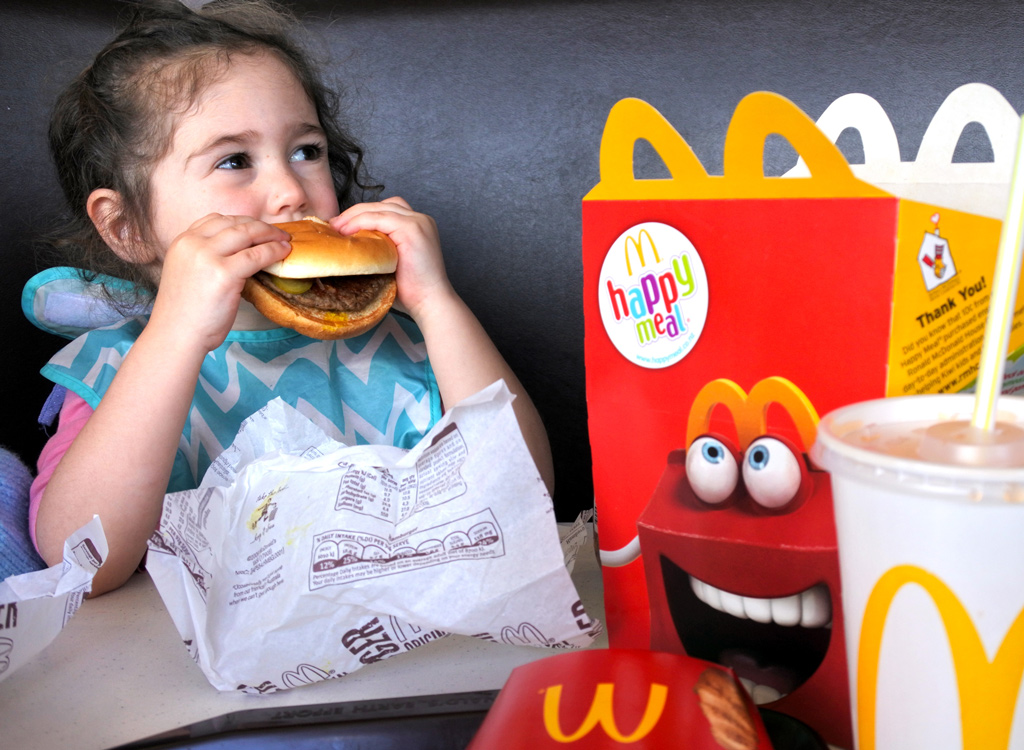
School can provide healthy foods for your child whether you bring them home in a bag or take them with you. For packed lunches, consider a sandwich made from whole-grain bread, fruit, yogurt, baked chips, or low-calorie dip. If possible, pack the meals the night before, since morning rush often results in unhealthy choices. Consider packing snacks your child will like, such as a protein bars or bananas.
There are policies in some schools that make it easier to eat healthy foods. During school hours and on special days, school staff model good eating habits. These policies support curriculum standards and promote healthy choices in the lunchroom. This is an important step toward a healthy school. However, you must consider how easy it is to get your child to choose healthy food. Many schools offer free or reduced-cost lunch programs. By ensuring that your child has access to a nutritious lunch at school, you can give them the confidence to make healthy food choices.
No matter which school your children attend, it is important to provide healthy food options. Milk, for example, should be low-fat or fat-free. The same applies to milk. It should be either fat-free, or low-fat. High-quality cheese and yoghurt should be calcium-fortified, too. For meat alternatives, you can try hard-boiled eggs, lean meat, or peanut butter. You might find that some schools have nut free policies. Before you make any purchase, it is a good idea check out their policy.
School districts should adhere to federal guidelines regarding nutrition. Schools should limit the amount of milk and juice in snack machines to a maximum of 100% vegetable or fruit juice. For students in grades K-12, there are limits on portion size, which are usually eight ounces. Higher grade schools are subject to more restrictions. Children need healthy options. You should consider the price of the food that you purchase.
Children will develop healthy habits that last a lifetime by eating nutritious foods at school. It will promote healthy eating habits and help teachers reinforce nutrition education. It will increase student engagement and help them eat healthier. You can buy a recipe and have it delivered straight to the school by shopping at your local grocery shop. They'll thank you for the extra effort.

Another option is for your child to receive a healthy lunch box. A healthy diet will allow them to concentrate better and be more productive throughout the day. It will improve their connection to their school and reinforce the nutrition messages from their teachers. Your child will also feel more comfortable if they have a healthy lunch at school. It will encourage them to learn about nutrition. Your child will reap many benefits from healthy eating.
You must ensure your child eats a balanced, nutritious lunch. Healthy foods can keep children focused and active throughout the day. Healthy food is not only delicious, but it will also help them stay awake and improve their concentration. They'll also get the energy they need for their daily activities. They will feel good about themselves if they have a great lunch. You can buy ready-made meals and freeze them to make healthy lunches for your child to take to school.
It's a great way for children to make healthy choices about what they eat at lunch. You can also monitor what your child eats at school by looking at the menu with them each week. Ask your child which days they prefer to eat lunch, and then talk with them about healthy choices. Your child may be more interested in choosing their lunch depending on how old they are.

If you're concerned about your child's diet, you can help them make good choices at school. You can help your child be more focused and healthier by monitoring their eating habits. Healthy food is vital for your child’s wellbeing and will help to prevent obesity. The best way to do this is to discuss the nutrition information available at school. It's a good idea to find out what your child likes and dislikes, as well as what your child enjoys.
FAQ
What are my options for learning about cooking?
There are numerous cooking classes offered across the country. Many schools offer classes in baking, pastry, wine tasting, and more. If you want to learn more about cooking, you can enroll in a class at a local community college or vocational school, or attend one offered by a private institution.
How can I be motivated to cook?
Sharing food with friends and family is a great way to have fun cooking. Cooking for yourself is much more enjoyable than cooking for others. Make something new to get motivated to cook. This way, you will learn about new ingredients and techniques. To expand your culinary skills, you can also make use of recipes from other cultures.
What skills is required to attend culinary school
To be a chef you need to be able and able to cook well. For a basic understanding of cooking, it is advisable to enroll in cooking classes at the local high schools or community colleges. Once you have learned the basics of cooking, it is time to look for work at a restaurant.
Where can I get free online cooking lessons
Many websites provide free cooking lessons. YouTube can be searched for videos showing you how to make different meals. You can find thousands of recipes on certain websites. These sites usually require you to pay a monthly fee, but you can try them out for free for 30 days.
Statistics
- You'll be amazed that over 90% of CIA students receive scholarships and grants to finish their culinary studies. (ischoolconnect.com)
- The median pay for a chef or head cook is $53,380 per year or $25.66/hour, according to the U.S. Bureau of Labor Statistics (BLS). (learnhowtobecome.org)
- under 10 Kids have been taught that there is special food just for them, and Fiese says that 10 percent of kids will throw a tantrum if they don't get the food they want. (washingtonpost.com)
External Links
How To
How to make a perfect Omelette
Omelets are one of my favorite foods to eat at breakfast. But how do they turn out so perfectly? I've tried many recipes and different methods but none have worked. Today, I'd like to share some tips with you in order to make delicious and fluffy omelets every day.
We should first know that eggs are very temperamental ingredients when making omelets. They must be fresh, preferably from the organic market, and be kept cold until cooking. If they are not kept cold enough, the whites won’t form properly. The yolks will also break down too quickly and become runny. Your omelets will look strangely colored if this happens. If you want to make omelets right away, it's best not to use eggs that are too cold.
Another tip is to separate your egg before adding it into the pan. It is important not to allow any white to mix with the yolk as this could lead to the omelet becoming curdled.
The bottom part of an egg that is added directly to the stovetop might be burned, which could cause a ruined texture in your omelet. Instead, put the egg in the microwave for 10 seconds before putting it into the pan. The heat from the microwave cooks the egg just enough without overcooking it.
Next, let us talk about how to mix the eggs. You want to mix the eggs thoroughly before you add them. You need to turn the bowl of the mixer upside down. Then shake the bowl vigorously. This will whip the air around the bowl and mix the egg well.
The fun part is now - adding the milk to the mixture. The first step is to pour half of the milk in the beaten eggs. Next, fold the eggs into the remaining milk. Do not worry if you see streaks of egg; they will disappear when the omelet is flipped.
After you have done folding the eggs, heat the pan on medium heat. The oil will start to smoke. Add 1/4 cup butter to the oil and swirl it around to coat all sides of the pan. Now carefully crack open the lid of the pan and sprinkle salt into the pan. Salt will prevent the omelet sticking to the pan.
Once the omelet forms, cover the pan again. Let the top side set completely. Use a spatula to flip the omelet or turn the pan upside-down. Cook the second side for a minute or so. Serve immediately after removing the omelet from its pan.
This recipe works best using whole milk. Skimmed milk is also possible.